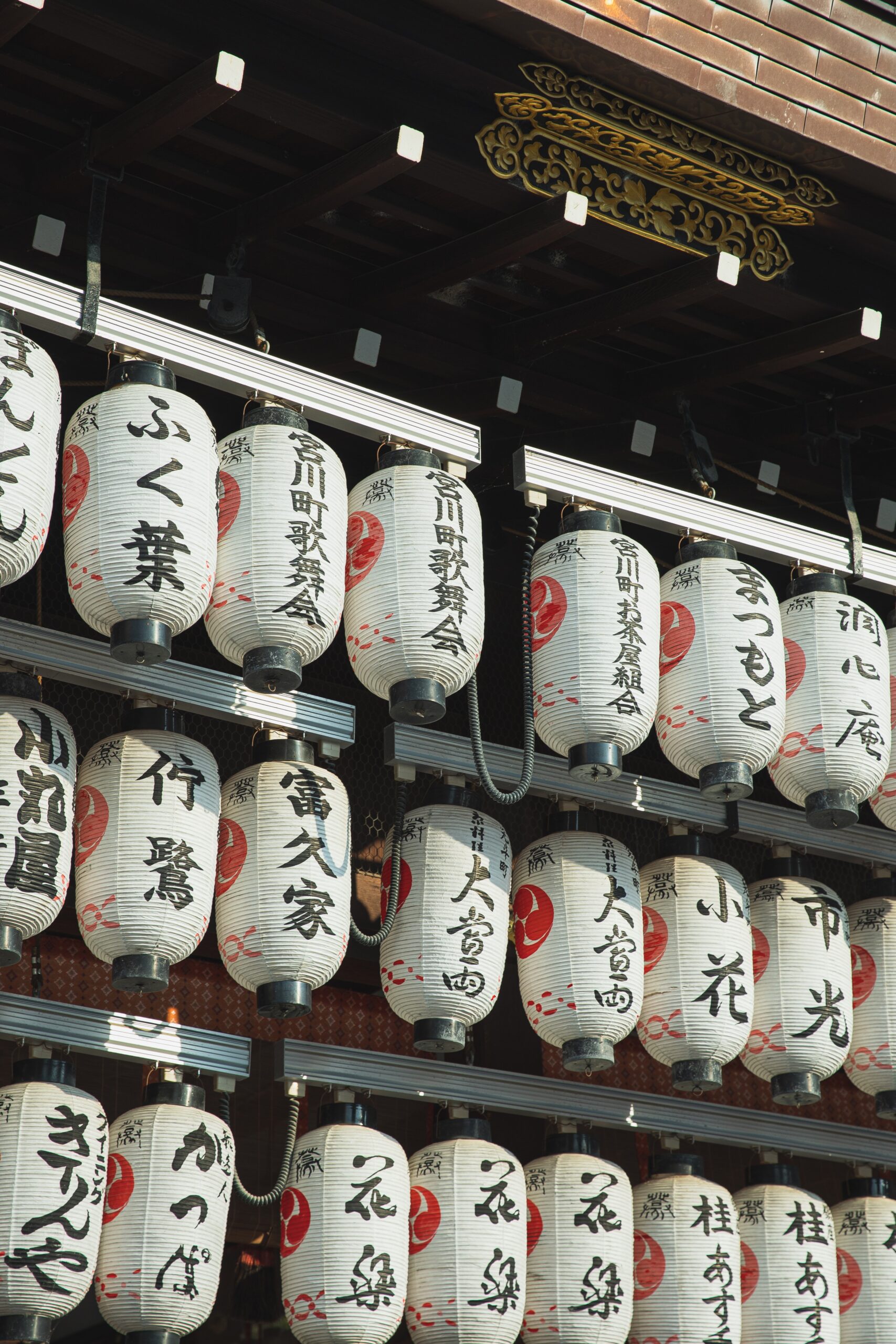Illuminating the Cultural Significance
Japanese lanterns, known as “chōchin” in Japanese, are a cultural symbol of Japan that have been used for centuries to light up homes, gardens, temples, and streets. These traditional lanterns are made of washi paper, bamboo, and wood, and come in various shapes and sizes. Japanese lanterns are used for both practical and decorative purposes, and they have a rich history that has shaped their cultural significance.
The History of Japanese Lanterns
Japanese lanterns have a long history that dates back to the 6th century. The first lanterns were made from natural materials such as stones and shells, and were used to light up the paths leading to Buddhist temples. Over time, lanterns were made from paper, silk, and other materials, and were used to light up the homes and gardens of Japanese people.
During the Edo period (1603-1868), Japanese lanterns became a common sight in public places such as markets, theaters, and streets. Lanterns were also used in festivals and ceremonies, such as the Bon Festival, a Buddhist event that honors the spirits of ancestors. The Bon Festival is celebrated in August, and Japanese lanterns are used to guide the spirits of ancestors back to their homes.
Types of Japanese Lanterns
There are many different types of Japanese lanterns, each with its own unique design and purpose. Here are some of the most common types of Japanese lanterns:
- Chochin: These are the most common type of Japanese lanterns, and are made from washi paper and bamboo. They are used for both indoor and outdoor lighting, and come in a variety of sizes and shapes.
- Andon: These lanterns were traditionally used indoors, and were hung from the ceiling. They are made from paper and wood, and are still used today for decorative purposes.
- Taimatsu: These are large torches that are used in festivals and ceremonies. They are made from bamboo and straw, and can be as tall as 10 feet.
- Bonbori: These are small lanterns that are used in the Bon Festival to guide the spirits of ancestors. They are often made from paper and bamboo, and are decorated with the family crest.
How Japanese Lanterns are Used
Japanese lanterns are used for both practical and decorative purposes. They are commonly used in gardens, temples, and streets to provide lighting. In homes, lanterns are used to create a warm and welcoming atmosphere, and they are often hung from the ceiling or placed on tables.
Japanese lanterns are also used in festivals and ceremonies, such as the Bon Festival, the Lantern Festival, and the Toro Nagashi Festival. The Lantern Festival is celebrated in February, and lanterns are used to guide the spirits of ancestors back to their homes. The Toro Nagashi Festival is celebrated in August, and lanterns are floated down rivers to guide the spirits of ancestors back to the afterlife.
In addition to their practical uses, Japanese lanterns have a deep cultural significance. They are often used as a symbol of hope, peace, and enlightenment. The light of the lantern is believed to represent the light of the Buddha, and lanterns are often used in Buddhist temples and shrines.
Final Thoughts
Japanese lanterns are a cultural symbol of Japan that have been used for centuries. They are made from washi paper, bamboo, and wood, and come in various shapes and sizes. Japanese lanterns are used for both practical and decorative purposes, and they have a rich history that has shaped their cultural significance. Whether used to light up a garden or guide the spirits of ancestors, Japanese lanterns continue to be an important part of Japanese culture.

